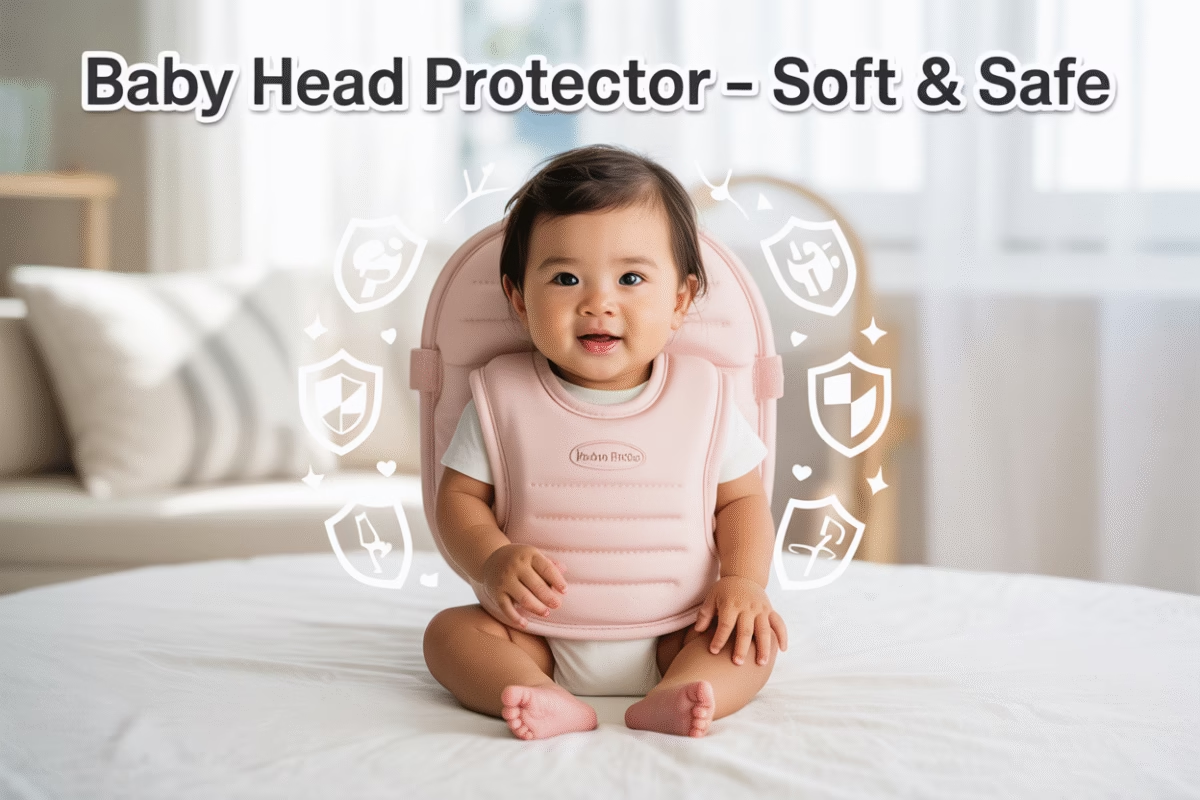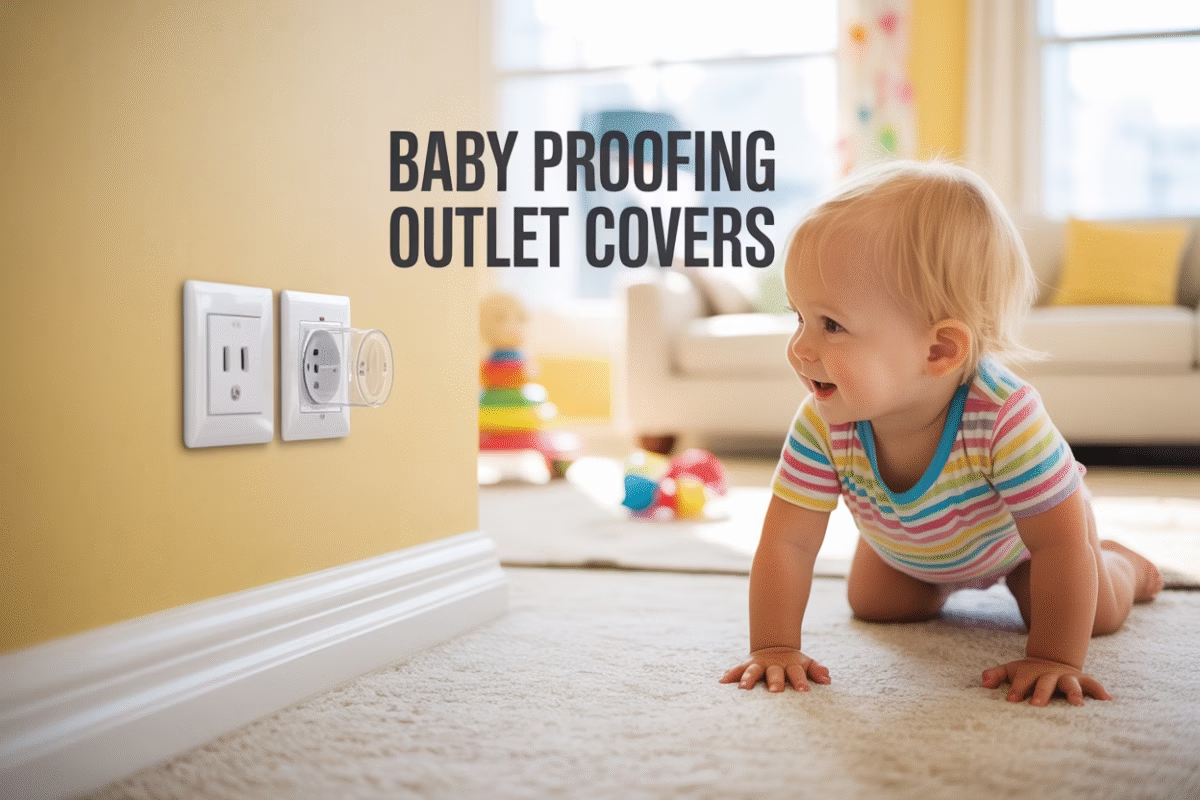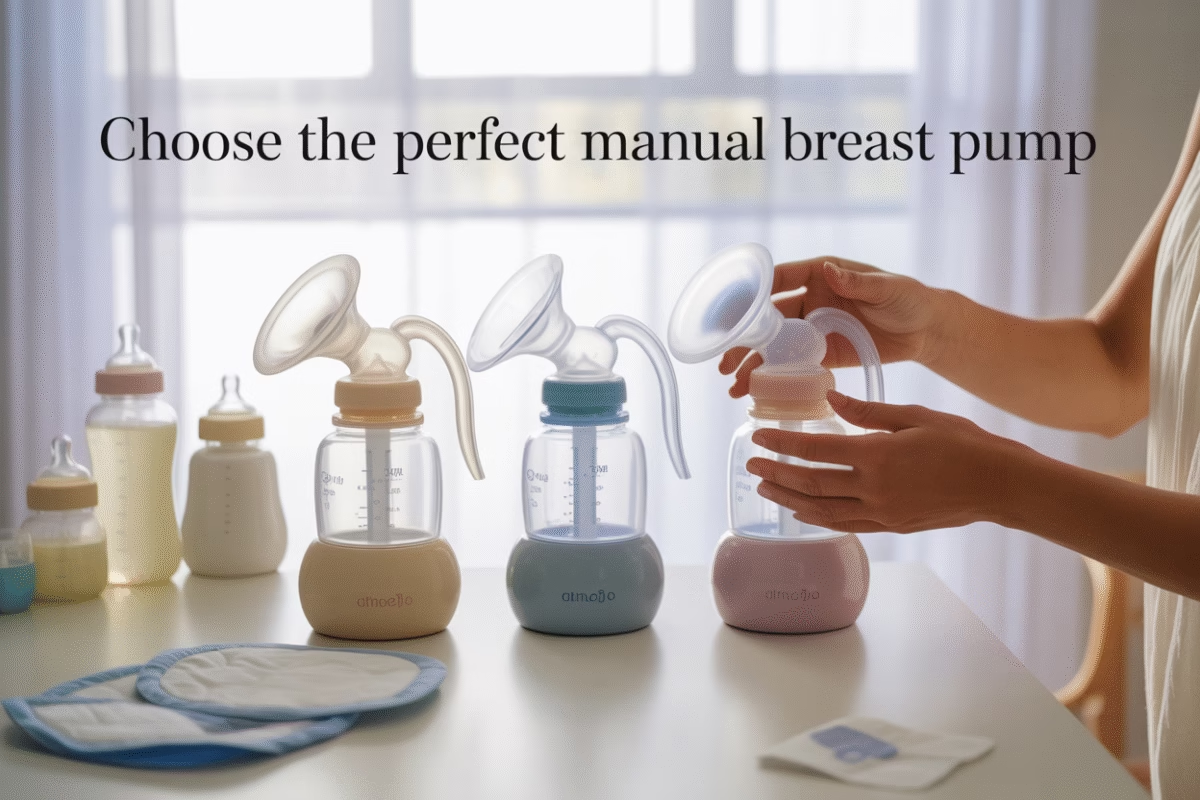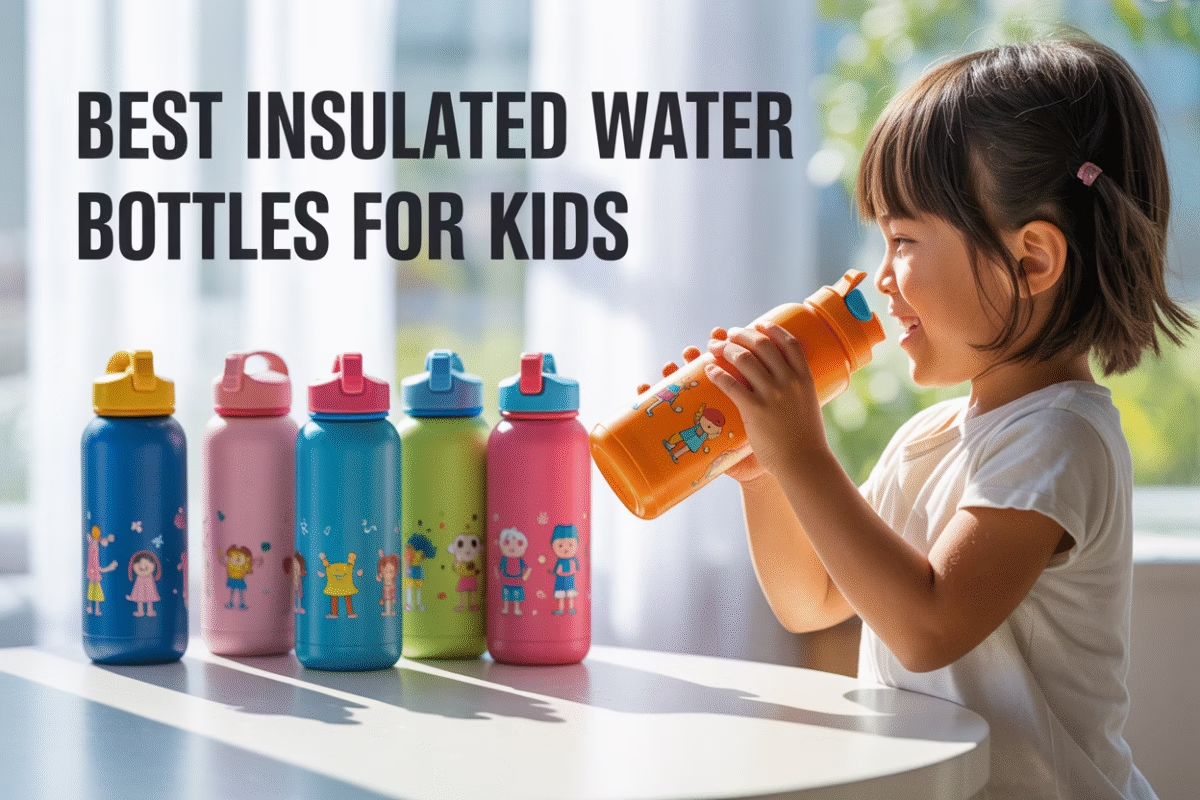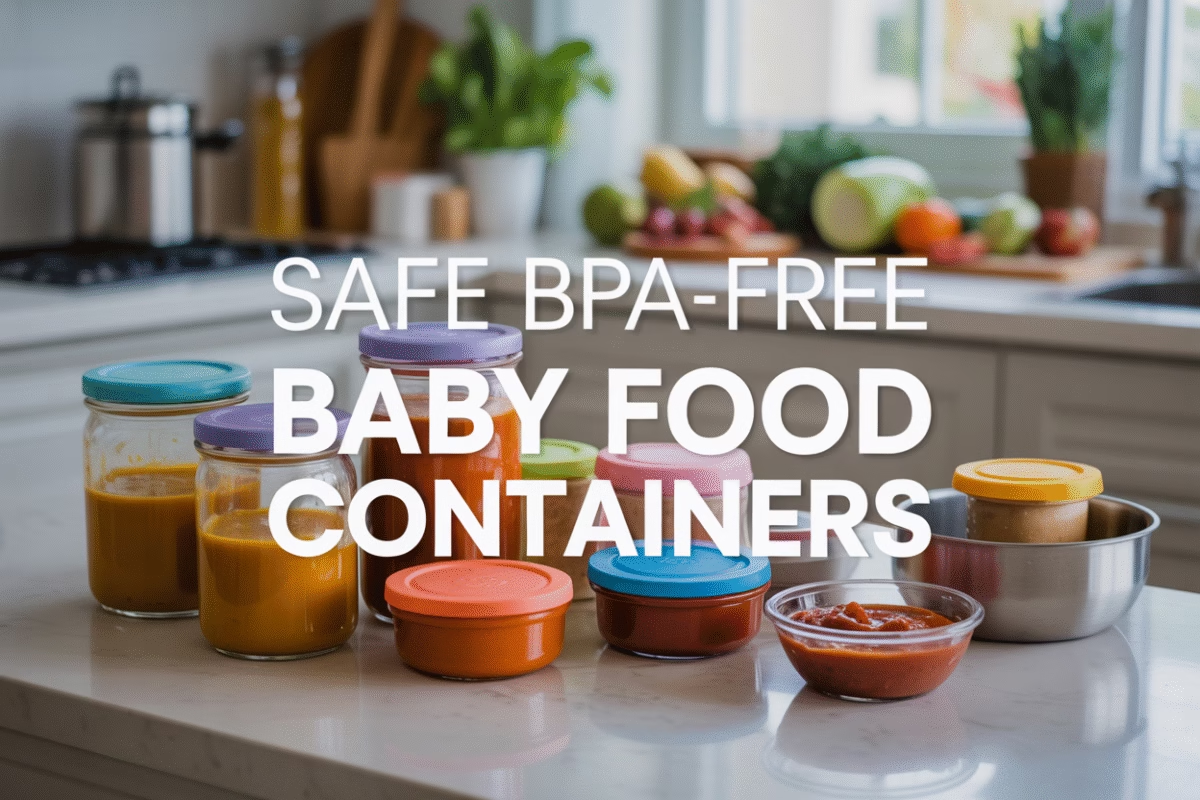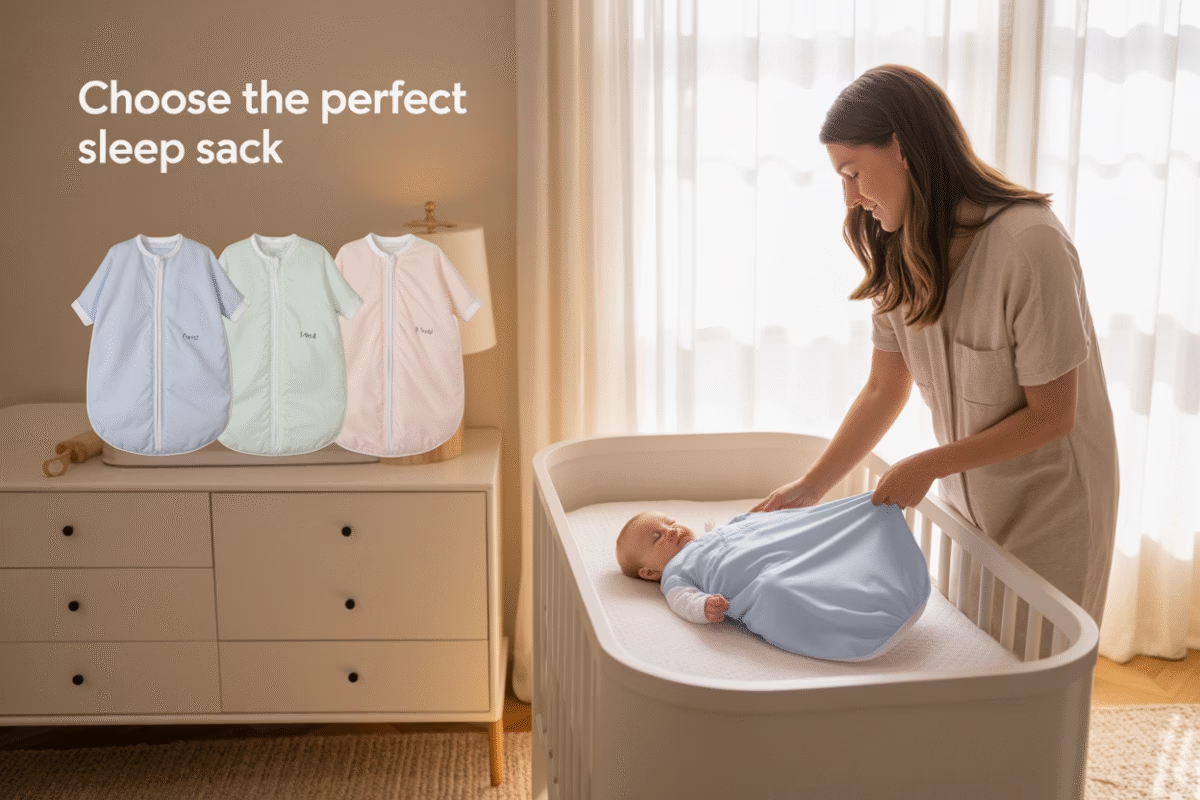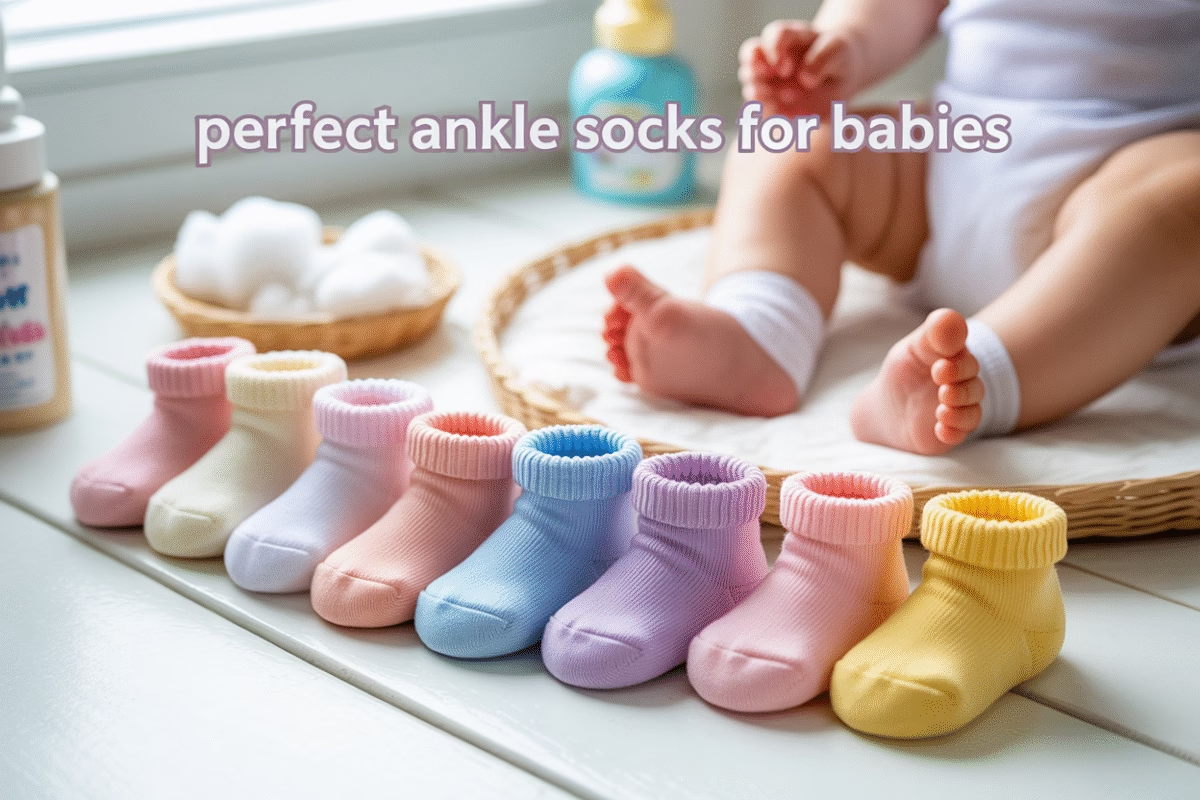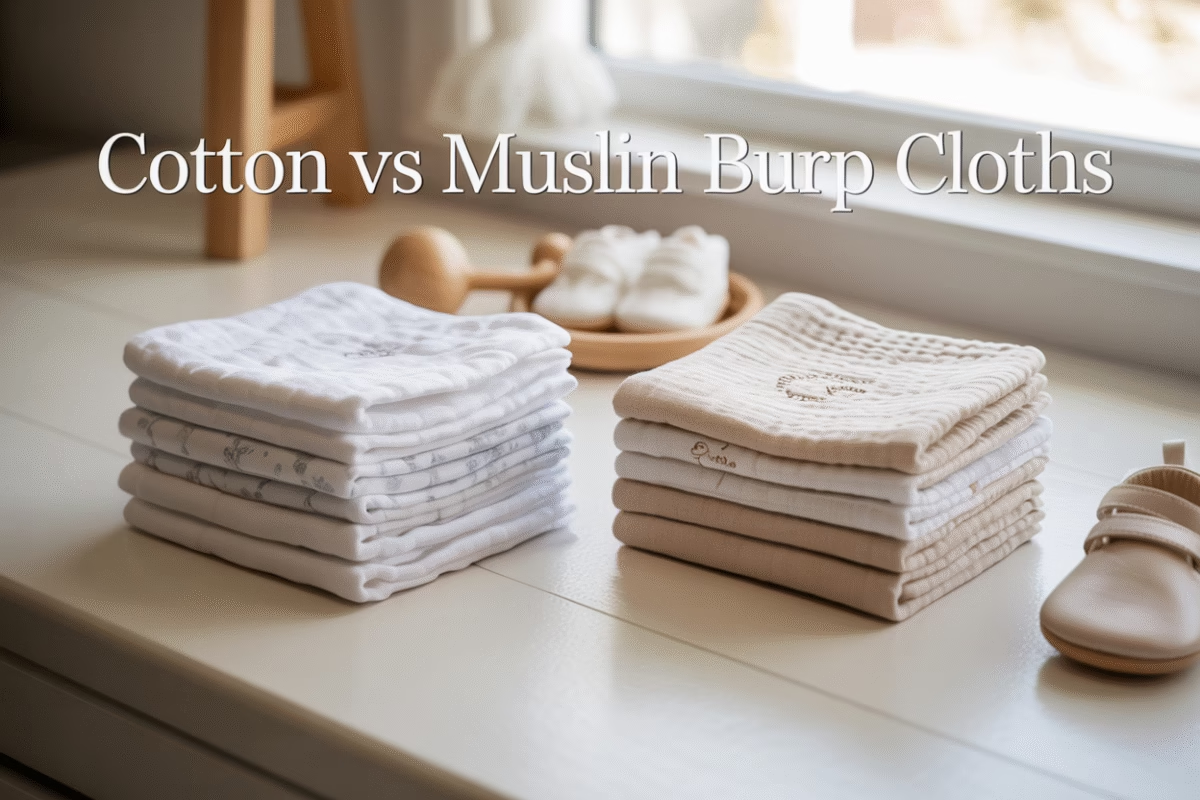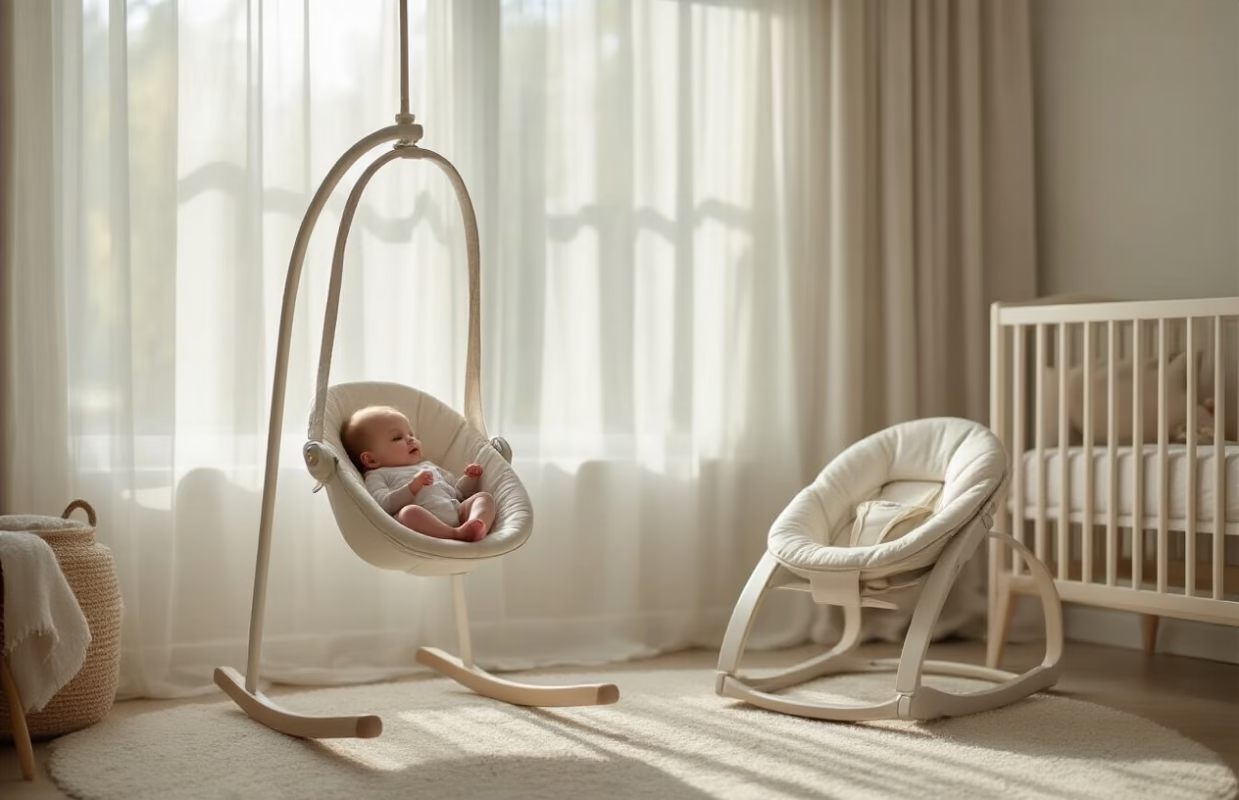Diaper rash treatment doesn’t have to feel like solving a medical mystery. This guide cuts through the confusion with practical solutions that work.
Picture this: It’s 3 AM, your baby is screaming, and you discover an angry red rash that wasn’t there at the last diaper change—been there? You’re not alone – nearly 35% of babies suffer from diaper rash at any given time.
I’ve spent years helping parents tackle stubborn diaper rashes, from mild irritation to the “call-the-pediatrician-now” variety. The right approach to soothing your baby’s diaper rash can make the difference between a quick recovery and weeks of discomfort.
Table of Contents
Understanding Diaper Rash: Causes and Symptoms

Common triggers of diaper rash in babies
Have you ever noticed how your baby’s perfect bottom can suddenly turn a deep, angry red? Diaper rash happens to practically every baby at some point. The most common culprit? Wet or soiled diapers left on too long. When pee and poop mix, they create ammonia that irritates your baby’s delicate skin.
Diet plays a bigger role than you might think. When your little one starts solids, certain foods can make their poop more acidic. Strawberries, citrus fruits, and tomato-based foods are often the troublemakers here.
Antibiotics are another sneaky trigger. They kill bad bacteria but also wipe out the good ones, potentially leading to yeast infections that cause rash. And if mom’s on antibiotics while breastfeeding? Same deal.
How to identify different types of diaper rash
Not all angry bottoms are created equal:
Irritant dermatitis: The classic diaper rash. Bright red skin in areas touching pee or poop, but usually spares the folds.
Yeast infection: This one’s stubborn and looks different – bright red with raised edges and little red dots that spread beyond the diaper area. The skin folds? They’re the yeast’s favorite hideout.
Bacterial infection: Yellow crusting, oozing, or pimple-like bumps are your clues here.
Allergy rash: Appears wherever the allergen touches skin and often looks more like hives or tiny bumps.
Warning signs that require medical attention
While most diaper rashes clear up with home care, some deserve a doctor’s eyes:
- Rash that doesn’t improve after 3 days of home treatment
- Blisters, pus-filled sores, or open wounds
- Fever alongside the rash
- Rash that spreads beyond the diaper area
- Your baby seems unusually uncomfortable or in pain
- The rash appears crusty, weepy, or has yellow discharge
These symptoms could signal a fungal or bacterial infection that needs prescription treatment.
The role of skin sensitivity and allergies
Some babies just hit the genetic lottery with extra-sensitive skin. If eczema runs in your family, your little one might be more prone to diaper rash, too.
Allergic reactions in the diaper area typically come from:
- Fragrances in wipes, diapers, or lotions
- Elastic or synthetic materials in diapers
- Laundry detergents (for cloth diapers)
- New foods in the baby’s diet
The tricky part? An allergic rash looks almost exactly like contact dermatitis but won’t respond to regular diaper cream. If you suspect allergies, try switching to fragrance-free products and notice if it makes a difference.
Prevention Strategies That Work

A. Effective diaper changing techniques
Ever noticed how quickly a diaper rash appears after missing a change? Timing is everything. Don’t wait for that diaper to feel heavy – check every 2-3 hours, and always after poops.
Here’s the game-changer: clean from front to back with gentle wipes (water-based or plain water works best for sensitive bums). Pat dry instead of rubbing – seriously, this small change makes a huge difference.
Got a stubborn rash? Try the “fan technique” – hold those little legs up for an extra 30 seconds to ensure everything’s bone dry before putting on a fresh diaper.
B. Choosing the right diaper types and brands
Not all diapers are created equal, folks. Your baby’s skin might hate a brand that your neighbor’s kid has no problem with.
Some babies do better with fragrance-free options. Others need the super-absorbent kinds. And sometimes the premium brands aren’t better for your particular baby’s skin.
Try different brands until you find “the one.” Many parents swear by switching between cloth and disposable diapers to give skin a break from certain materials.
C. The importance of airflow and “diaper-free” time
Bacteria and moisture? Worst frenemies of baby bottoms.
Give that little tush some freedom! 10-15 minutes of diaper-free time daily works wonders. Lay a waterproof mat down, have some toys ready, and let that skin breathe.
Morning or evening usually works best – whenever your baby’s happiest. And yes, accidents will happen. Keep cleaning supplies nearby and remember: this naked time is healing your baby’s skin.
D. Bathing practices that protect sensitive skin
Bathing seems straightforward, but it can make or break a rash situation. Skip the bubbles and fancy soaps – they’re rash-makers in disguise.
Lukewarm water (not hot!) for about 10 minutes is perfect. And don’t bathe daily if there’s a rash brewing – every other day is plenty.
After bath time, pat gently and make sure those cute little skin folds are completely dry before diapering up again.
E. Diet considerations for breastfeeding mothers
What you eat shows up on your baby’s bottom. Mind-blowing, right?
Some babies react strongly when mom consumes:
- Citrus fruits
- Tomatoes
- Dairy products
- Spicy foods
If your breastfed baby has persistent rashes, try eliminating one food group at a time for 3-4 days and watch for improvements. Keep a food diary to track what might be causing trouble.
Treatment Options for Fast Relief

Doctor-recommended creams and ointments
When your baby’s bottom is red and angry, you need something that works fast. Most pediatricians recommend zinc oxide-based creams as the first line of defense. Products like Desitin and Boudreaux’s Butt Paste create a protective barrier that keeps moisture away from irritated skin.
For stubborn rashes, your doctor might suggest a mild 1% hydrocortisone cream, but only for short periods. Remember, these aren’t for everyday use – just the tough cases.
If you notice a yeast infection (bright red with distinct borders), you’ll need an antifungal cream like clotrimazole. These work wonders when regular creams fail.
Here’s what doctors typically recommend:
| Rash Type | Recommended Treatment |
|---|---|
| Mild | Zinc oxide cream (Desitin, A+D) |
| Moderate to Severe | Triple paste or extra-strength zinc oxide |
| Yeast-based | Antifungal cream + zinc oxide |
| Very painful | Hydrocortisone 1% (temporarily) |
Natural and home remedies with proven results
Diaper rashes don’t always need prescription solutions. Your kitchen likely has some powerful remedies!
Coconut oil works miracles for many babies. It’s naturally antimicrobial and creates a moisture barrier without chemicals. Just make sure it’s pure, organic, and unrefined.
Another superstar? Breast milk. A few drops applied to the affected area speed healing thanks to its natural antibodies and healing properties.
Plain yogurt (especially with live cultures) fights yeast infections when dabbed on irritated skin. Let it air dry before putting on a fresh diaper.
Warm baths with a tablespoon of baking soda can soothe inflamed skin. Just don’t soak too long – 10 minutes max to avoid drying out delicate skin.
Step-by-step application techniques for maximum effectiveness
Proper application makes all the difference between a quick recovery and a lingering rash:
Start clean – Gently wash the area with warm water (no soap) and pat dry. Never rub!
Apply thick – Don’t be stingy with cream. Think frosting a cake, not spreading butter on toast. You want a thick, protective layer.
Target the creases – Those little folds trap moisture and bacteria. Make sure to get cream in every crease without rubbing too hard.
Let it breathe – Whenever possible, give your baby some diaper-free time. Even 10 minutes a few times daily speeds healing dramatically.
Change frequently – No cream works if your baby sits in a wet diaper. Change every 2-3 hours during a rash, even overnight.
Avoid wipes with alcohol or fragrance – These burn like crazy on raw skin. Use plain water or gentle, alcohol-free wipes instead.
The key is consistency. Even the best treatments need time and regular application to work their magic.
Creating a Healing Environment

A. Best fabrics and clothing choices during outbreaks
Diaper rash is miserable enough without adding uncomfortable clothing to the mix. When your baby’s bottom is red and angry, what they wear matters—a lot.
Cotton is your best friend here. It’s breathable, soft, and doesn’t trap moisture like synthetic materials do. Loose-fitting onesies or pants give that irritated skin room to breathe and heal. Skip the tight elastic waistbands that can rub against sore spots.
During severe outbreaks, consider going a size up in diapers to reduce friction. Some parents swear by cloth diapers during healing phases because they don’t contain the chemicals found in disposables. If you stick with disposables, look for fragrance-free options labeled for sensitive skin.
At home, diaper-free time works wonders. Lay a waterproof mat down and let that tiny tush get some air for 10-15 minutes several times daily. Those moments without a diaper can speed healing dramatically.
B. Nighttime strategies to promote healing
Nighttime can be tricky territory for diaper rash. Your baby sleeps longer stretches, which means more time in a wet diaper. Not ideal.
Try this pre-bedtime routine: give a gentle bath with lukewarm water (no soap on the affected area), pat—don’t rub—the skin dry, apply a thick layer of barrier cream, and use an overnight diaper with extra absorbency.
Some parents double up on protection by applying petroleum jelly over zinc oxide cream. This one-two punch creates a serious moisture barrier that lasts through the night.
If you’re using cloth diapers, add an extra insert for nighttime absorbency. For disposable users, consider sizing up just for nighttime to create more airflow while containing messes.
Keep the room temperature comfortable but not too warm—excess heat can worsen irritation and sweating.
C. Managing diaper rash while on the go
Diaper rash doesn’t respect your schedule. When you’re out and about with a rashy baby, preparation is everything.
Pack a dedicated “rash kit” in your diaper bag:
- Travel-sized barrier cream
- Clean washcloth or soft paper towels
- Small spray bottle with water (for gentle cleaning)
- Disposable changing pads
- Extra changes of loose-fitting clothes
Change diapers more frequently when away from home, even if they don’t seem very wet. Every 2 hours is a good rule when fighting a rash.
Public changing tables are nobody’s friend during a diaper rash outbreak. Always use your changing pad as a barrier. If possible, find a private, clean space for diaper changes.
For longer trips, schedule in some diaper-free time when you reach your destination. Even 5 minutes of airtime can help maintain healing progress.
Remember that different environments (swimming pools, beach days, long car rides) can worsen rashes, so be extra vigilant with barrier protection when your routine changes.
When to Seek Professional Help

A. Persistent rashes that won’t heal
Most diaper rashes clear up within 3-4 days with proper care. But what if your baby’s rash sticks around longer than a week despite your best efforts? That’s your cue to call the doctor.
Look, we’ve all been there – trying every cream and remedy while your poor baby still suffers. A persistent rash might signal something beyond standard irritation, like a yeast infection or bacterial problem that needs medical treatment. Don’t wait it out too long, hoping it’ll magically disappear.
B. Signs of infection requiring immediate attention
Got a rash that’s looking angry? Watch for these red flags:
- Fever
- Blisters, pus, or oozing
- Bright red or purple discoloration
- Severe pain (baby crying when the area is touched)
- Rash spreading beyond the diaper area
These aren’t your run-of-the-mill diaper rash symptoms. They scream “infection!” and need a doctor’s eyes ASAP. Trust your gut – if something seems seriously wrong, it probably is.
C. Navigating pediatrician visits for diaper rash concerns
When you head to the doctor, come prepared. Take photos of the rash at its worst (because naturally, it might look better the moment you’re in the exam room). Skip applying cream right before the appointment so the doctor can see what’s happening.
Be ready to share:
- When the rash started
- What you’ve tried already
- Any pattern you’ve noticed (worse after certain foods?)
- Recent antibiotic use (yours if breastfeeding, or baby’s)
D. Questions to ask your doctor about recurring rashes
Dealing with the diaper rash merry-go-round? Ask your pediatrician:
- Could this be food-related? Should we consider allergy testing?
- Might cloth or different disposable diapers help?
- Is prescription-strength treatment necessary?
- Could this indicate a more serious skin condition?
- What preventive measures work best for sensitive skin?

Treating your baby’s diaper rash effectively requires understanding its causes, implementing solid prevention strategies, and knowing the right treatment options. By recognizing symptoms early, maintaining proper diaper hygiene, and creating a healing environment, most rashes can be resolved quickly at home. Remember that air time, gentle cleansing, and appropriate barrier creams are your best allies in both preventing and treating these uncomfortable irritations.
If your baby’s rash persists beyond 3-4 days of home treatment, appears unusually severe, or is accompanied by fever or other concerning symptoms, don’t hesitate to contact your pediatrician. With the right approach and knowledge, you can keep your little one’s delicate skin healthy, comfortable, and rash-free. Your baby’s happy smile and peaceful sleep are worth every extra minute spent on proper diaper care








